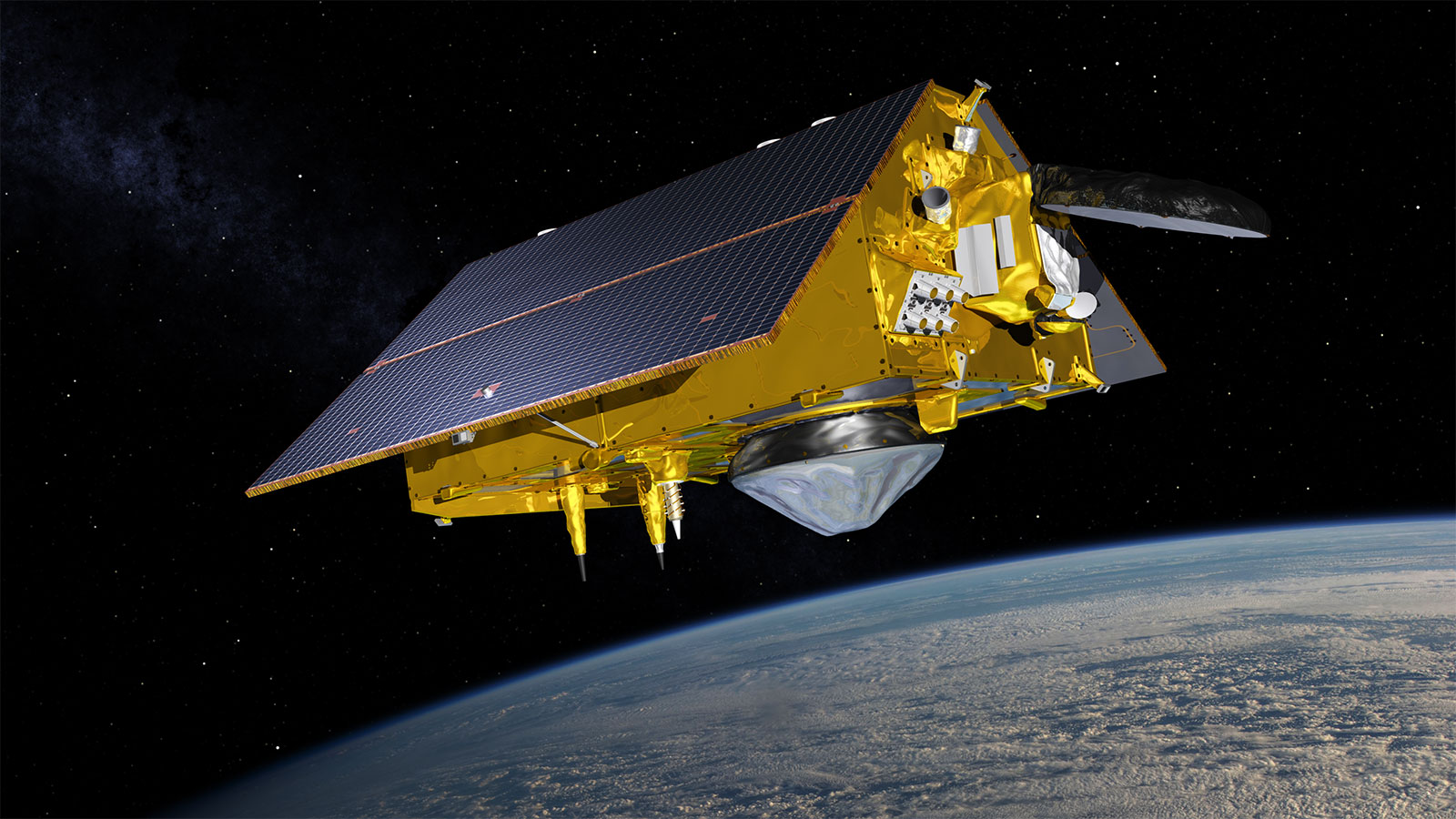For NASA’s possible use, Lunar Outpost has chosen SpaceX’s Starship vehicle to transport the Artemis lunar rover it is developing to the moon.
The Denver-based business revealed on November 21 that it has reached a deal with SpaceX to use Starship to deliver the company’s Lunar Outpost Eagle rover to the moon. Neither the launch date nor any other details of the agreement were disclosed by the companies.
In April, NASA awarded contracts to Lunar Outpost and three other firms for the first phase of the Lunar Terrain Vehicle (LTV) program, which will help construct a rover for future Artemis missions. Each business was given a one-year contract to complete a preliminary design review (PDR) of their rovers. The government will then choose at least one of the companies to continue developing the rover.
Delivering the rover to the moon is the responsibility of the firms under the LTV program, which is set up as a services contract. When NASA no longer needs those rovers, those businesses will be allowed to use them for commercial purposes.
In an interview, Lunar Outpost CEO Justin Cyrus stated that the company chose SpaceX after receiving “great responses” from a number of businesses. He stated, “The reason we chose Starship is their technological maturation, the pace at which they move and the quality of that organization “It’s a vehicle that we think will be able to provide reliable landing on the lunar surface, and we know that they can get it done on the timelines we need.”
Although he did not reveal other vehicles his business investigated alongside Starship, Lunar Outpost developed the rover to be compatible with as many conceivable landing mechanisms as possible. “We need this vehicle to be compatible with multiple different lander providers, so that way we have the optionality, that way we have flexibility, and we can evaluate technical progress over time just to make sure we can derisk our commercial case.”
The team working on the rover is led by Lunar Outpost and consists of Leidos, MDA Space, Goodyear, and General Motors. After Lunar Outpost failed to reach a consensus regarding Lockheed Martin’s involvement in the project, Leidos took over as one of the partners on the “Lunar Dawn” team in September.
NASA astronauts recently drove a rover prototype for human factors testing as part of that team’s busy work to improve the rover’s design. Cyrus stated, “We learned what the astronauts really like and what we can improve upon,”
In roughly six months, the contract’s first phase will come to an end with a PDR. In order to create the rover and acquire services for the following phase, NASA will then ask Lunar Outpost and the other two grantees, Intuitive Machines and Venturi Astrolab, to submit ideas.
Although Cyrus and other industry professionals are urging NASA to select multiple companies to provide redundancy, as the agency has done in other services programs like the Human Landing System, NASA officials have stated that budget constraints mean they are likely to select only one company for that next phase.
“NASA should pick two. Dissimilar redundancy for something this critical, I think, is the right choice,” he stated.
On November 13, Lunar Outpost revealed that it had raised a Series A round, but Cyrus stated that the business would not reveal the size due to competitive considerations. He said that the money would be used to develop the Lunar Outpost Eagle.
Citing commercial interest from potential clients, he noted that the company intends to continue working on the rover even if it is not chosen for the next stage of NASA’s LTV program. Regarding the funding, he stated, “This allows us to accelerate those plans pretty drastically,” “So, no matter what we’re going to be flying this vehicle on Starship.”

 Business4 weeks ago
Business4 weeks ago
 Health3 weeks ago
Health3 weeks ago
 Technology3 weeks ago
Technology3 weeks ago
 Sports3 weeks ago
Sports3 weeks ago
 Science3 weeks ago
Science3 weeks ago
 Business2 weeks ago
Business2 weeks ago
 Science2 weeks ago
Science2 weeks ago
 Science1 week ago
Science1 week ago













